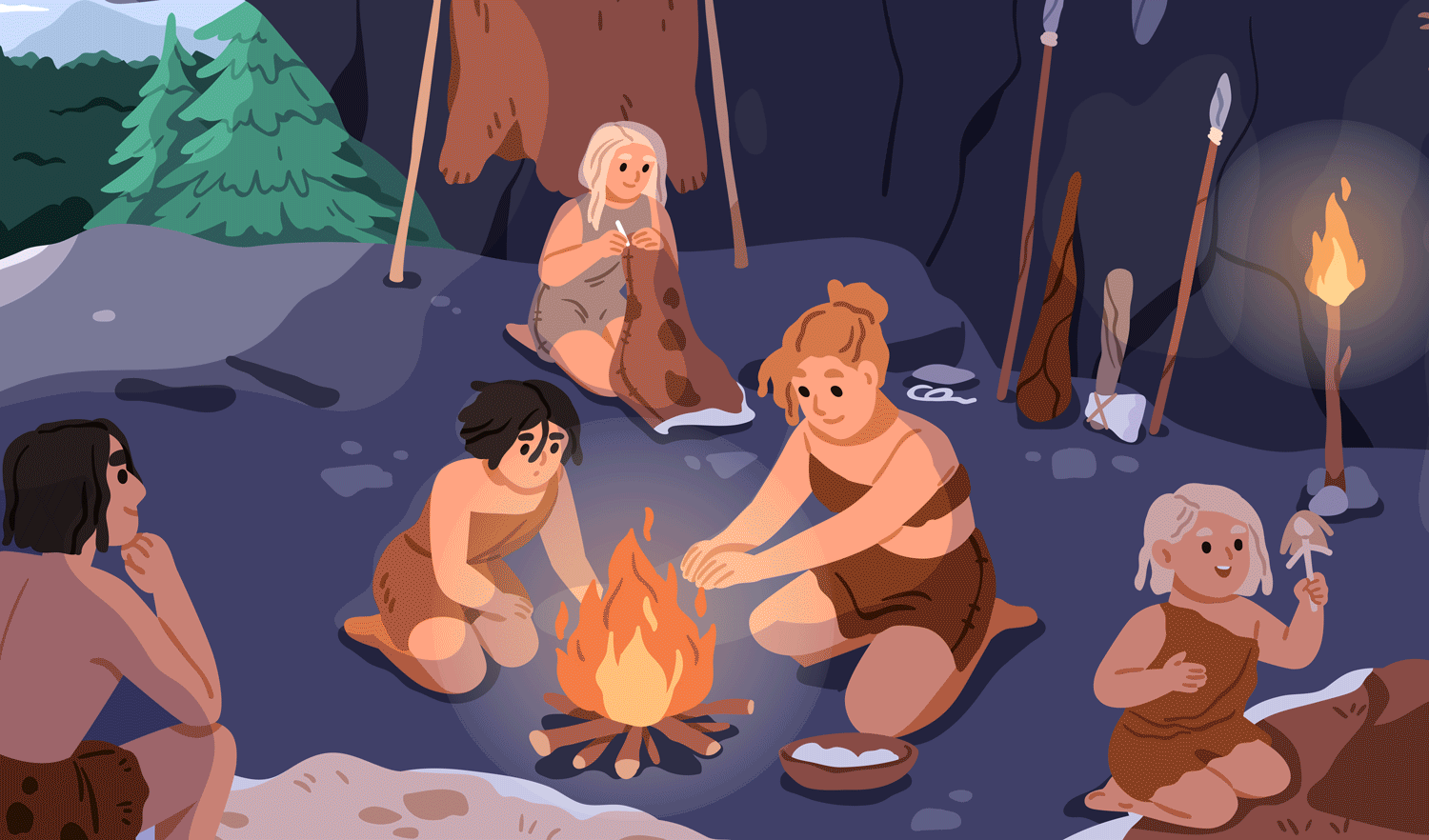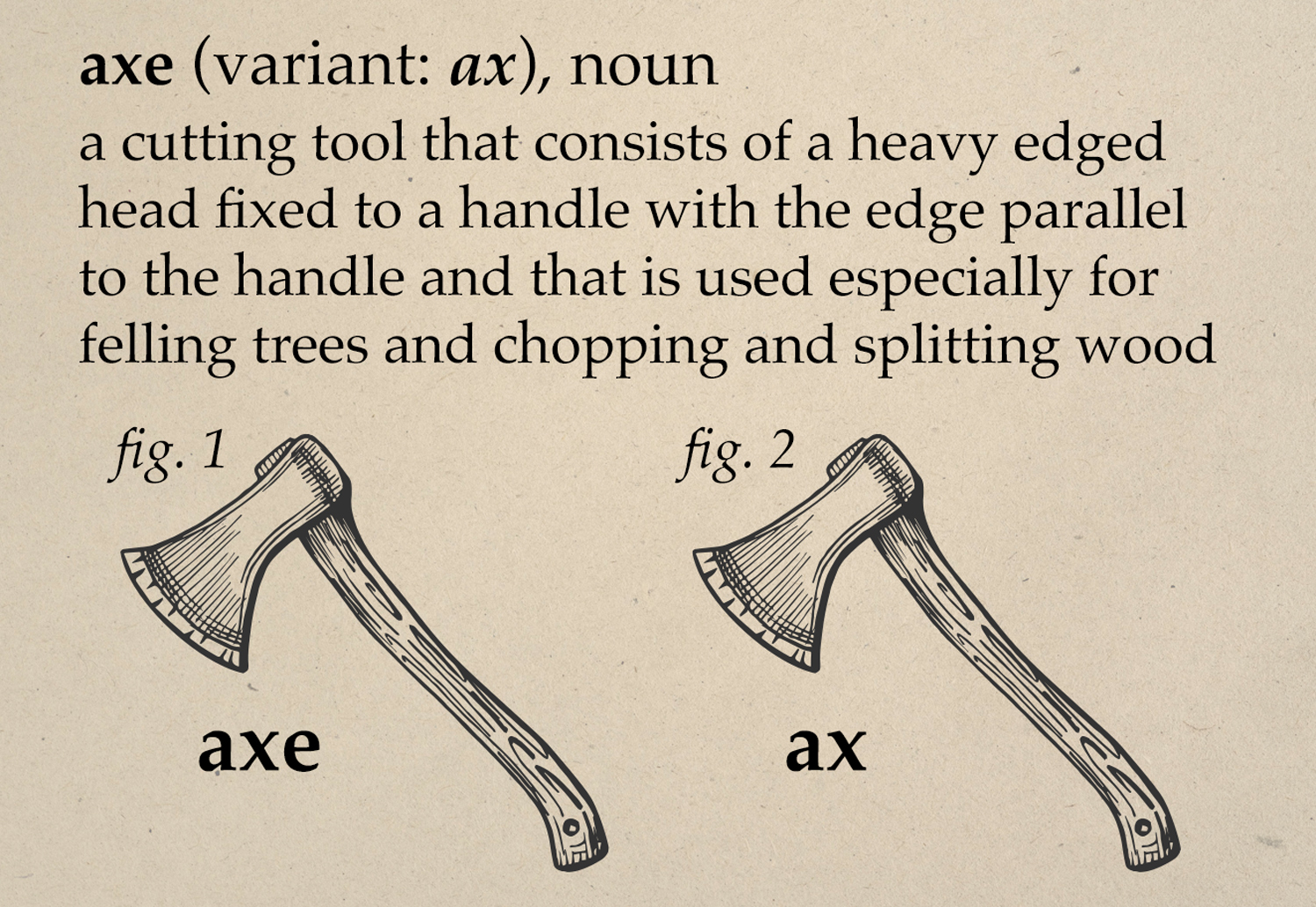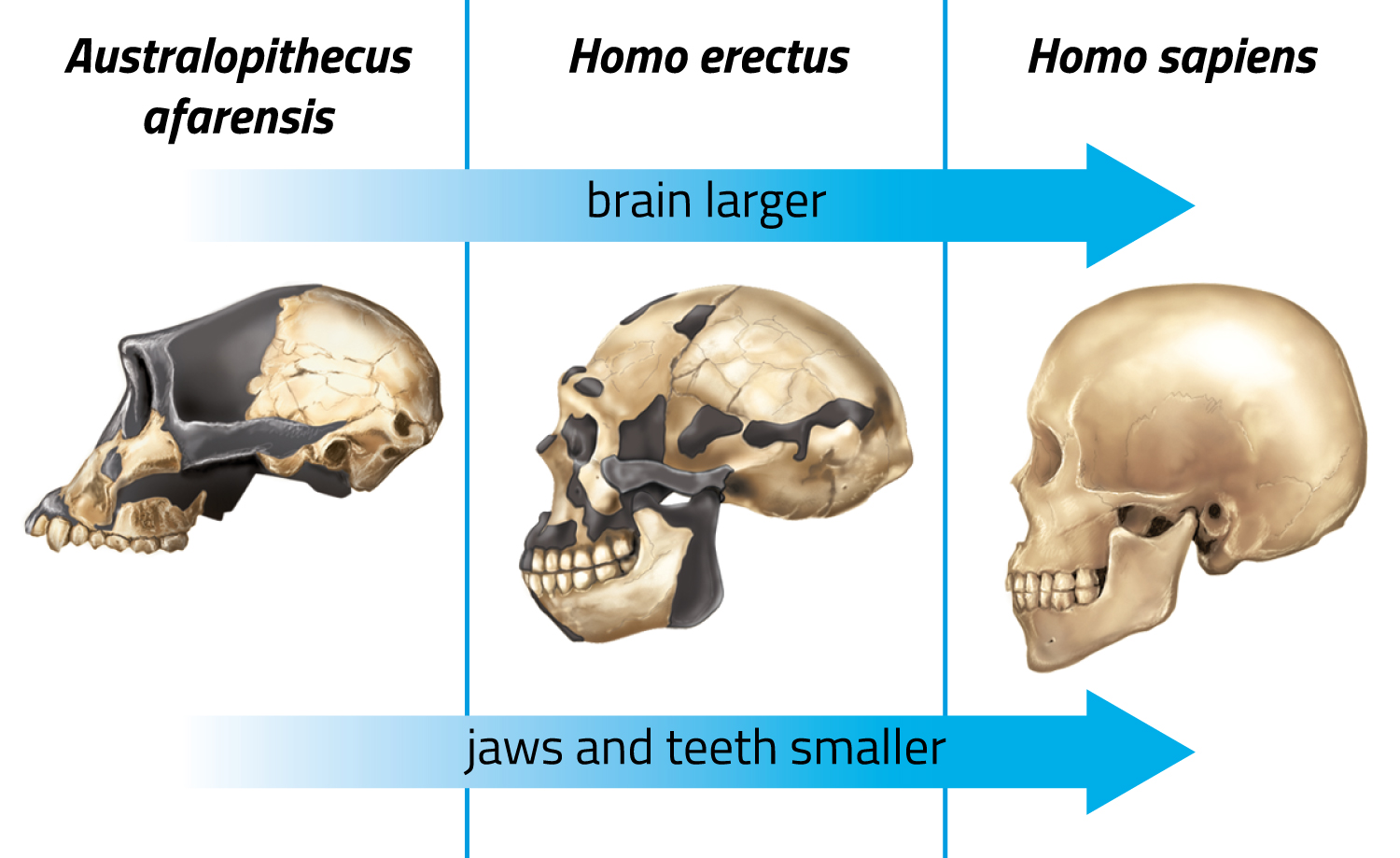An Unexpected Treasure
A 9-year-old found an unusual rock. It turned out to be a prehistoric axe!
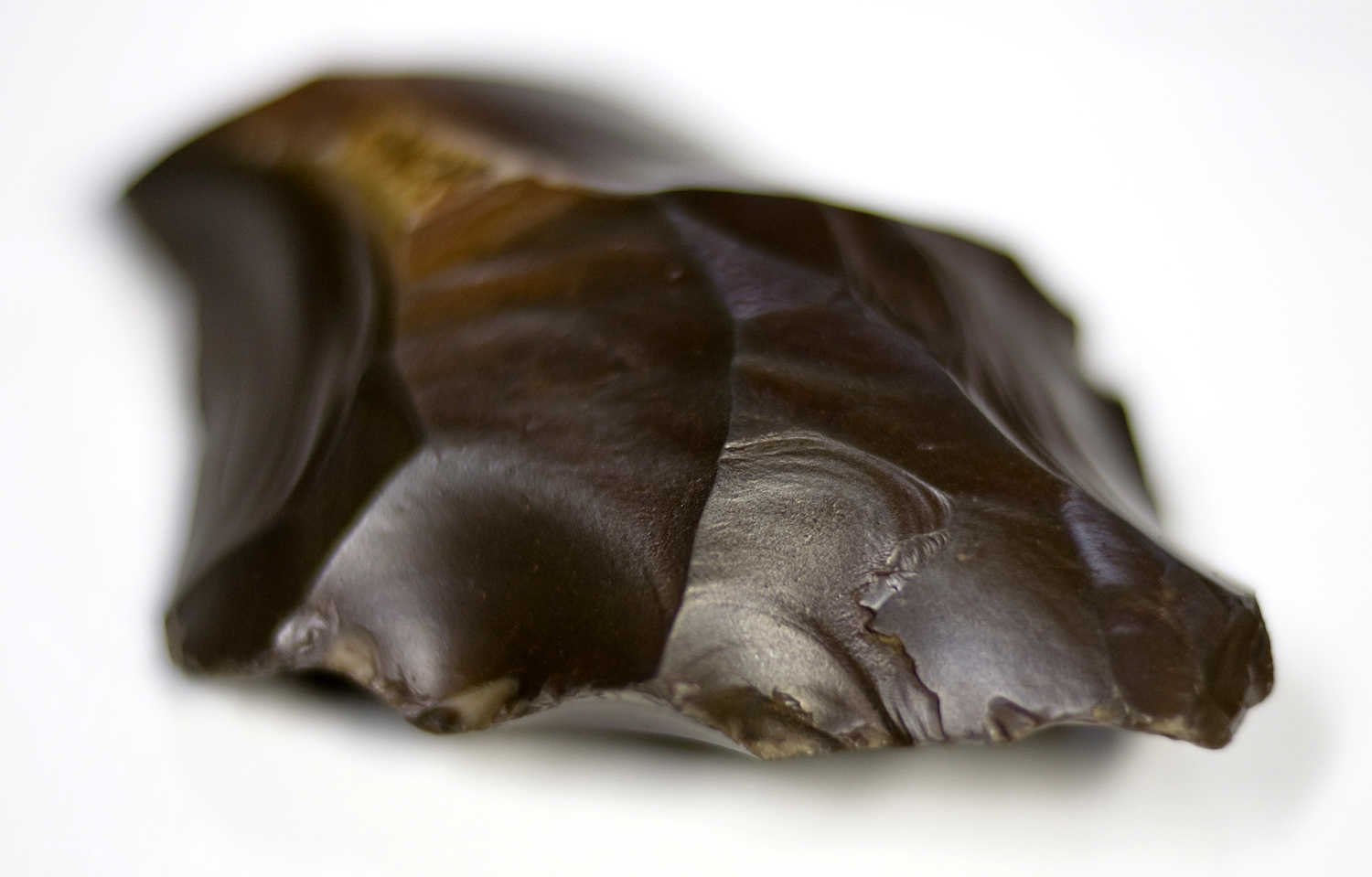
© Jose Gil/Dreamstime.com
This Stone Age axe is similar to the one discovered by 9-year-old Ben Witten.
When 9-year-old Ben Witten found a small, pointy rock on a beach a few years ago, he didn’t think about what it might be. He just thought it was cool, so he took it home and put it in his bedroom. But after a recent visit to a museum, Ben learned that what he’d found was an axe that had been made by an early human called a Neanderthal!
Ben’s discovery came after he visited the Worthing Museum in southern England, where he lives. The museum had a Neanderthal axe on display that looked a lot like what Ben had in his room. This led Ben and his mom to send photos of Ben’s rock to the museum’s archaeologist, James Sainsbury. (An archaeologist is a scientist who studies ancient people by examining bones and human-made objects from the past.) Sainsbury told Ben that his suspicions were correct. The rock he had found at the beach is also a Neanderthal axe, and it may be 60,000 years old.
“This is by far the oldest item shown to myself in [more than 10] years,” Sainsbury told Fox News Digital. “Neanderthal hand axes are rare in [this area]. This is the first to be found in years. The nature of the find, being made by a young local boy on the beach, makes it doubly special.”
Neanderthals were humans that evolved a little earlier than Homo sapiens (today’s humans) but died out about 40,000 years ago. The axe Ben found might have been used to cut, dig, chop wood, or butcher animals.
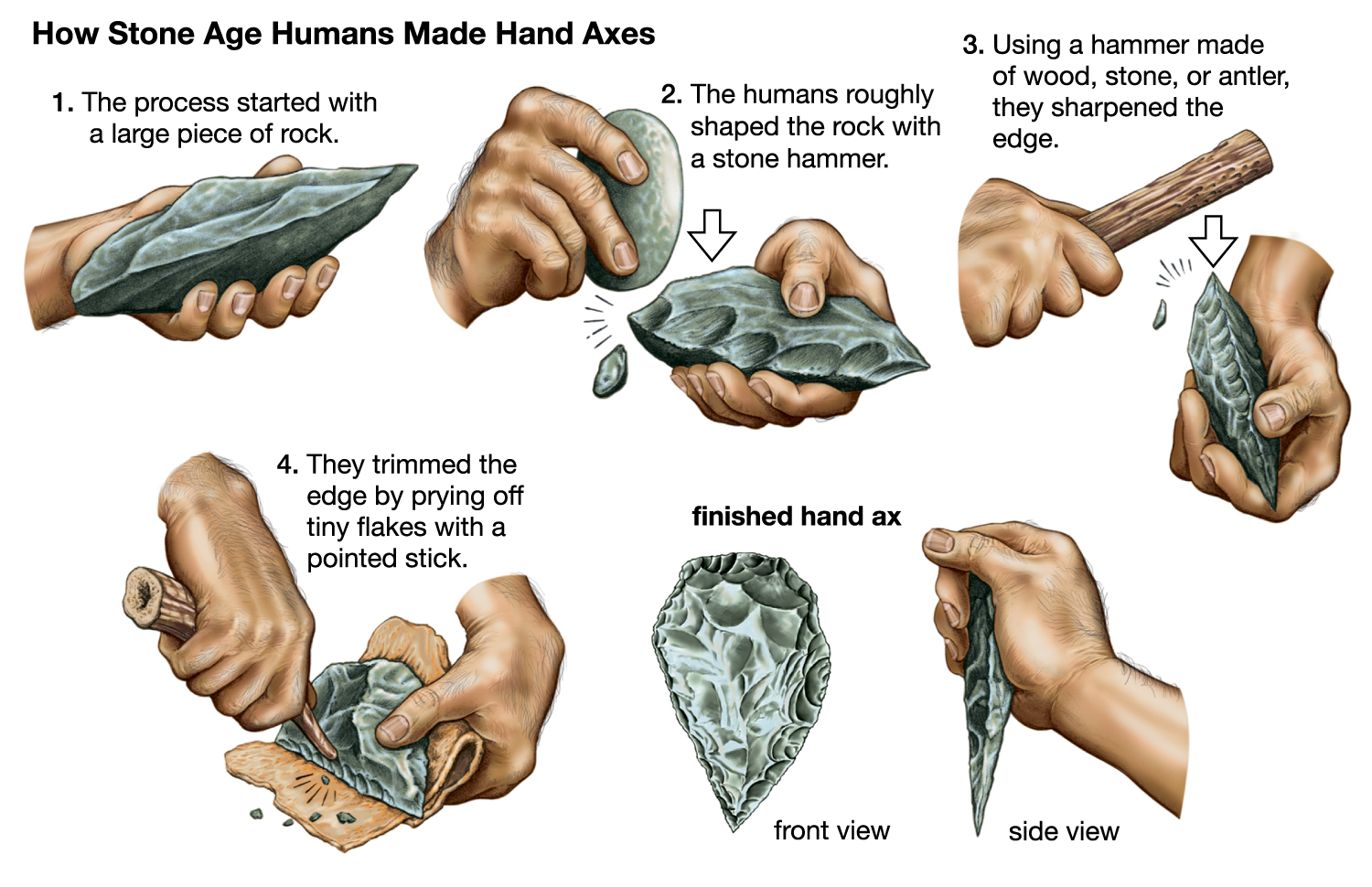
Encyclopædia Britannica, Inc.
Early humans used many tools to make axes out of rocks.
Ben loaned the axe to the Worthing Museum, where it will be on display until February.
“They said it’s their best find in 10 years. Now it’s in a case in the museum. I was really excited. My heart was beating really fast,” Ben told the British Broadcasting Corporation (BBC).
Sainsbury says Ben’s discovery should be a reminder that anyone can find cool objects from the past.
“I hope people realize that they don’t need specialist training to find interesting archaeology,” Sainsbury told Fox News Digital. “[Also], it is incredibly important to report any finds [to experts] so they can be properly recorded. Otherwise, that information is lost forever.”

